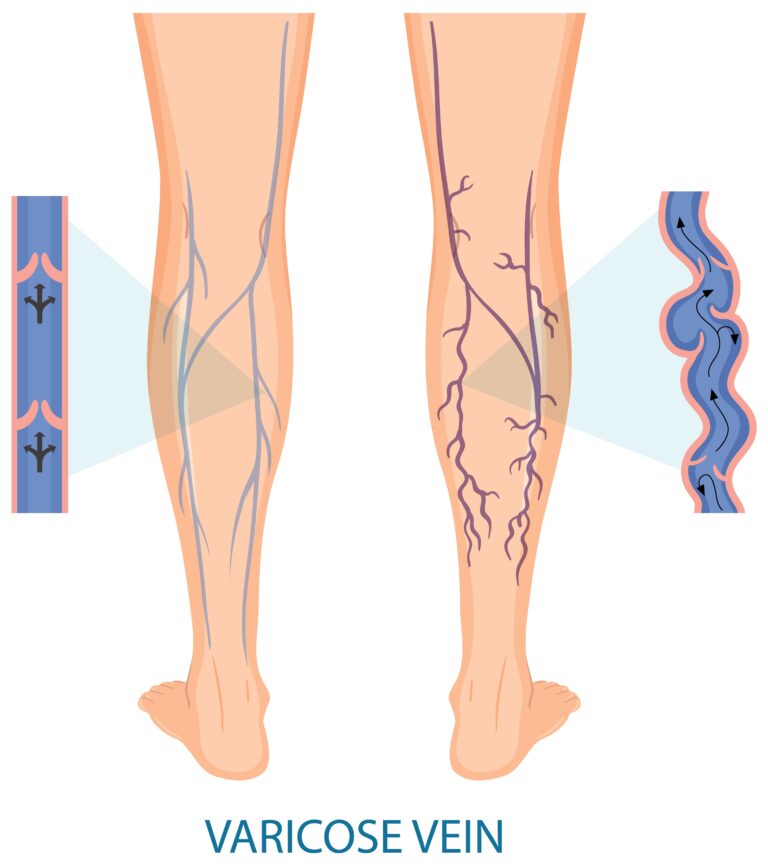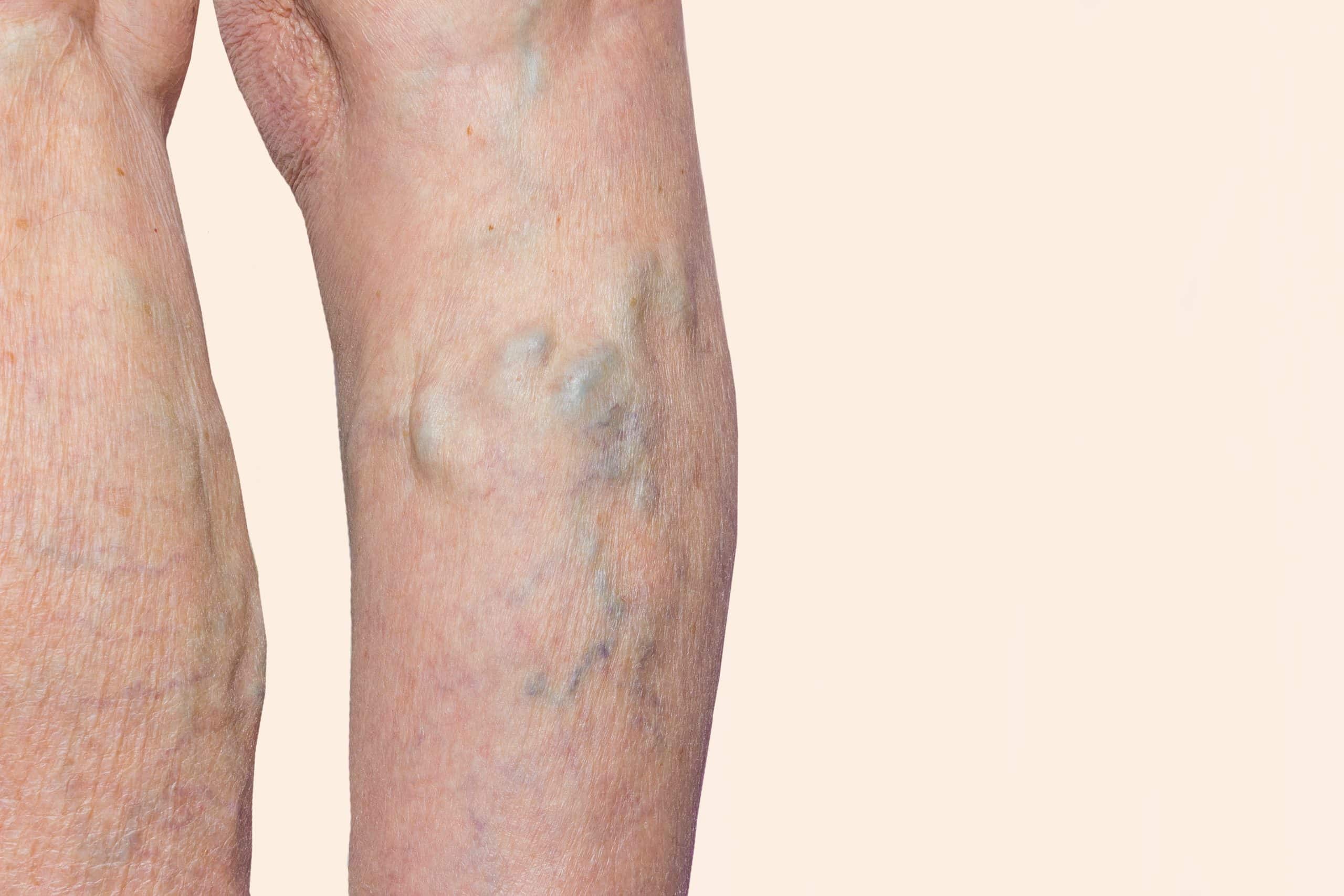Simple Tips About How To Detect Varicose Veins

Patient handouts summary varicose veins are swollen, twisted veins that you can see just under the skin.
How to detect varicose veins. Varicose veins, or varicosities, are swollen, twisted vein that lie just under the skin. Douglas joseph, do, director of cleveland clinic’s vascular medicine outpatient department, offers his best advice on how to limit the impact of varicose veins and when you should be concerned. Doctors can detect varicose veins by examining the skin.
He or she checks the color, texture, and condition of the veins to determine if you have varicose veins. Varicose veins can sometimes cause pain. Treatment of varicose veins is usually only necessary to:
They typically develop on the legs, either on the inside of the leg or behind the knee. They likely also appear dark blue or purple, although they. They usually occur in the legs, but also can form in other parts of the body.
If your varicose veins are not causing you discomfort, you may not need to have treatment. If your doctors are worried about other problems with your veins, doctors may do an ultrasound. Tetradecyl (sotradecol) and cost.
Medical treatment for varicose veins may not be necessary if there are no symptoms, but surgical and nonsurgical approaches are available. The doctor may also order an imaging test to assess the size of the veins and the direction of blood flow and to look for blood clots. Diagnosis treatment complications varicose veins are swollen and enlarged veins that usually occur on the legs and feet.
They often look like cords on the legs. 7 bedside clinical tests used to detect. When the valves become weakened or damaged, blood can collect in the veins.
Your nyu langone doctor asks about your medical history and performs a physical exam. Veins that look twisted and bulging. Your varicose veins can disappear in just 7 days thanks to the natural remedy i’m going to reveal to you today.
The procedure eliminates uncomfortable symptoms caused by the varicose vein—smaller veins respond to treatment in 6 weeks, while larger veins take 3 to 4 months. Varicose veins might not cause pain. It's a painless test that uses sound waves to look at blood flow through the valves in the veins.
(see also overview of the venous system.) the precise cause of varicose veins is unknown, but the main problem is probably a weakness in the walls of superficial veins (veins located just under the skin). This painless test assesses the valve function in the groin, and can also determine how much blood is flowing back into the legs. Surgery or injection therapy can remove varicose veins, but new ones often form.
Veins that are dark purple, blue or the same color as the skin. Varicose veins can usually be diagnosed by a simple physical examination; Overview varicose veins look blue or purple below the skin.


















